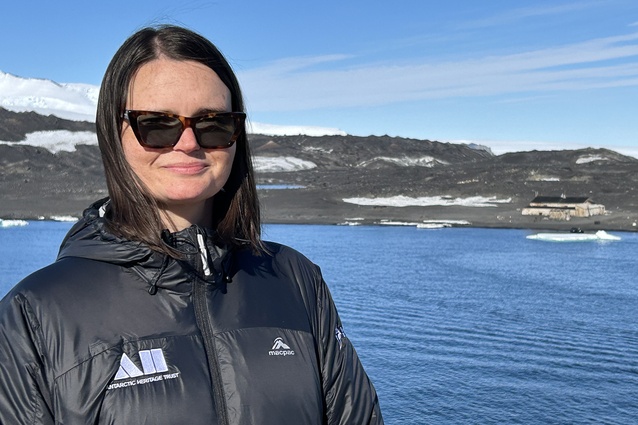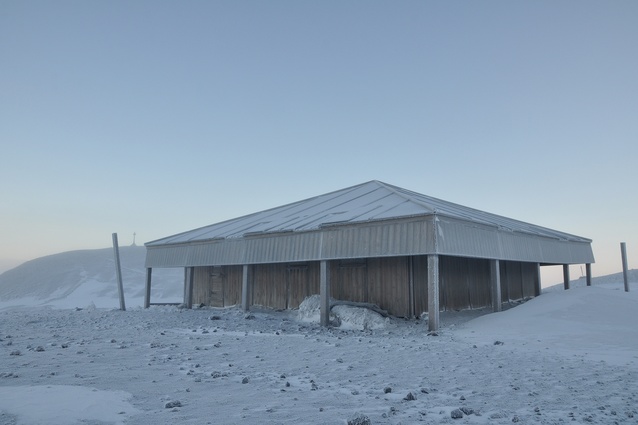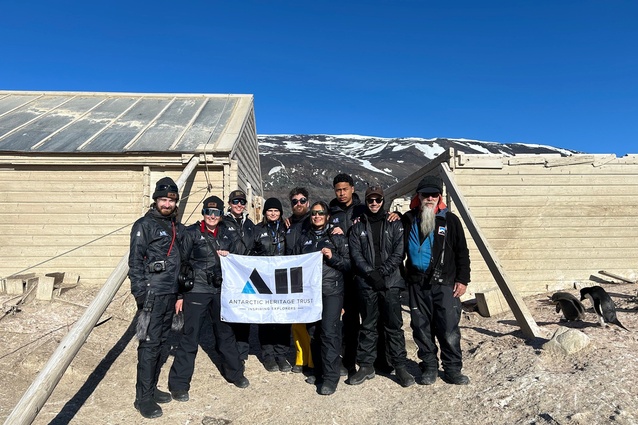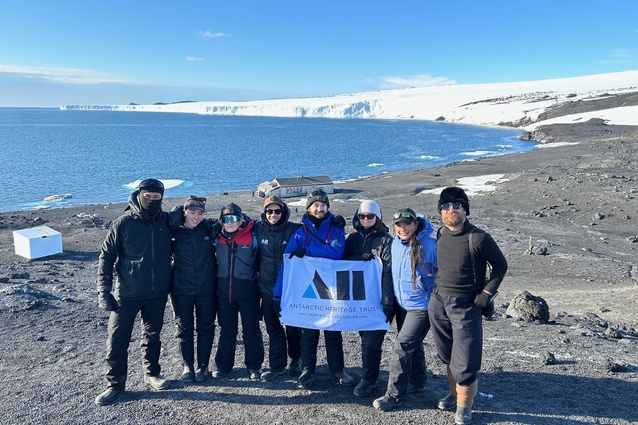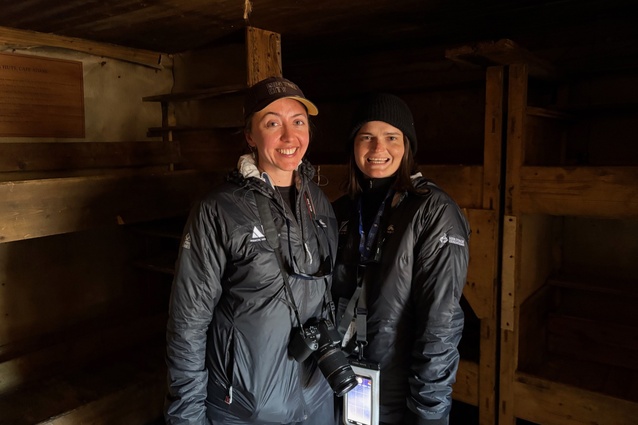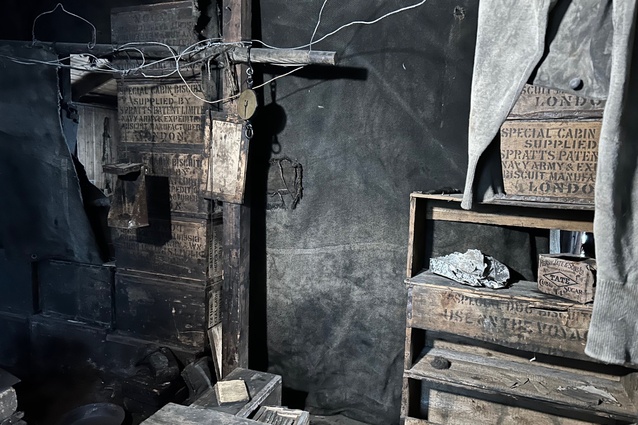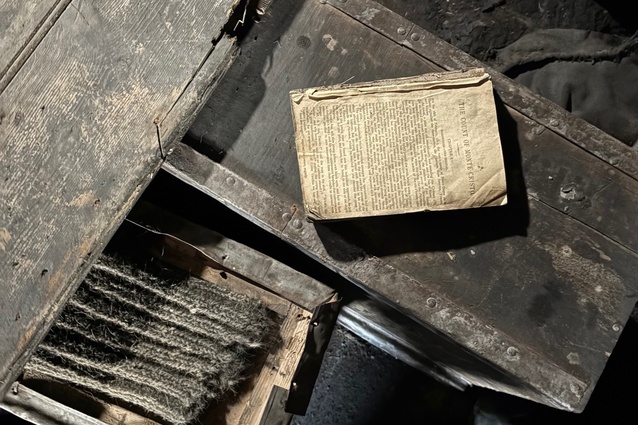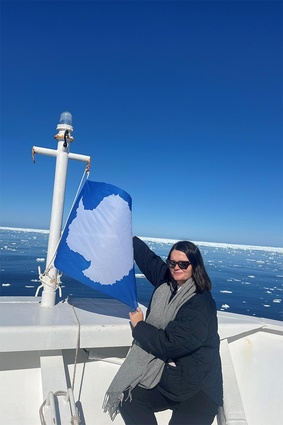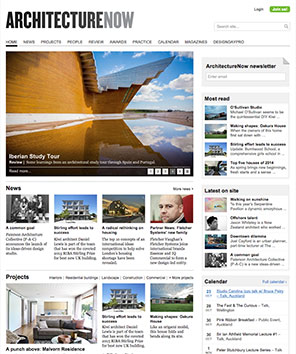Conservation in extremes: a heritage architect’s Antarctic experience
Heritage architect Lucy Hayes-Stevenson is one of eight young Kiwi and Australian explorers who have recently returned from the Antarctic Heritage Trust’s (AHT) Inspiring Explorers Expedition to the Ross Sea — home of the expedition bases of legendary Antarctic explorers Captain Robert Falcon Scott, Sir Ernest Shackleton, Carsten Borchgrevink and Sir Edmund Hillary.
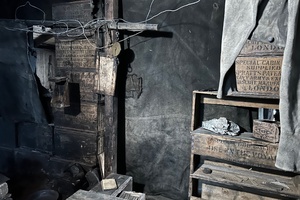
One of three conservation experts on the crew, Hayes-Stevenson’s primary goal on the expedition was to develop a deep understanding of the conservation of the historic huts and to form a personal connection with the place.
“Each hut feels like a unique time capsule, filled with the echoes of the past,” says Hayes-Stevenson. “The low light levels, the smell, the creaks of the floorboards are all preserved with attention to the minute details and add to the sense of history, loss, isolation and camaraderie that you feel inside. They have been preserved so well, it feels untouched.”
Hayes-Stevenson says the huts stand as monuments to human resilience, determination and best practice conservation.
“We work on many heritage projects where the building lives on with a new purpose. What I love about these sites is the pure preservation of the story itself. It’s truly inspiring to be moved by a place that conveys its history without words. I wish more people could experience it — it’s life-changing in a way. I’m excited to see how this shapes my work moving forward.”
Over the month-long expedition, Hayes-Stevenson and the crew worked with Al Fastier, who led the Trust’s Ross Sea Heritage Restoration Project for 18 years.

“Talking with Al and learning from his experience was invaluable. The detail that has gone into the conservation work by AHT is incredible, so seamless that you instantly feel like the heroic explorers have just stepped out, fully immersing you in their world,” Hayes-Stevenson says. “I’ve always been passionate about heritage buildings and protecting historical fabric, and it’s been amazing to see such incredible conservation work in action.”
Prior to their departure, the team was involved in the conservation of a unique artefact — a copy of The Count of Monte Cristo by Alexandre Dumas — and had the honour of returning the book to Scott’s Discovery Hut at Hut Point, Ross Island.
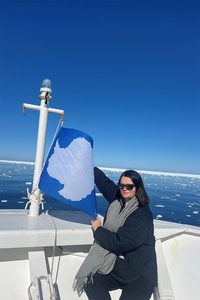
“On the first attempt we made to return the book, the ice blocked our way and we had to turn back. Reality in Antarctica is dictated by the movement of the ice and it changes in a second. Finally, on the second to last day, the ice had fully cleared and we were finally able to return it to its home in Scott’s hut. We were all so invested in its return, because we got to be a part of that story.”
Hayes-Stevenson says she feels grateful to be part of this project and proud that Cheshire Architects has worked alongside AHT for years to help conserve these historic sites.
As she returns to work, she says she remains committed to protecting and sharing the stories of our heritage buildings, adding her experience in Antarctica has given her a renewed sense of purpose and connection to her work.
She hopes that through the efforts of dedicated conservators and organisations like Antarctic Heritage Trust, the legacy of the Antarctic explorers will continue to inspire future generations.
See a timeline of architecture in the Antarctic here.
Read more about the restoration of the huts by the Antarctic Heritage Trust here.
Read more about Architecture on the Big Ice here.

